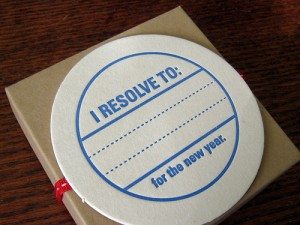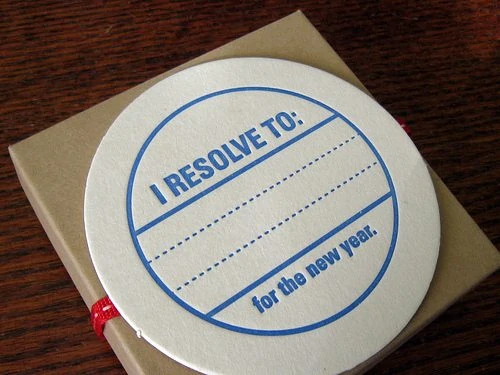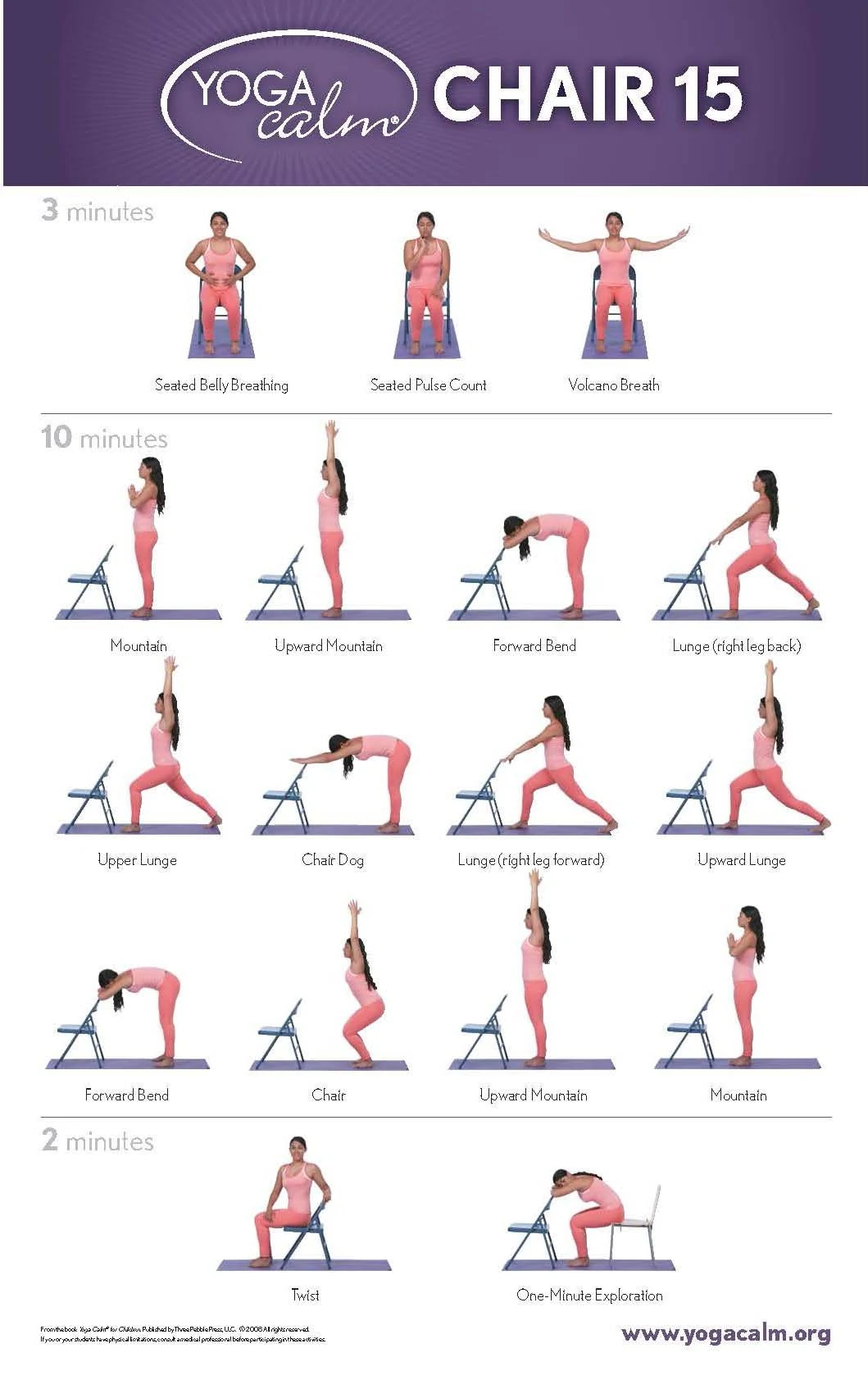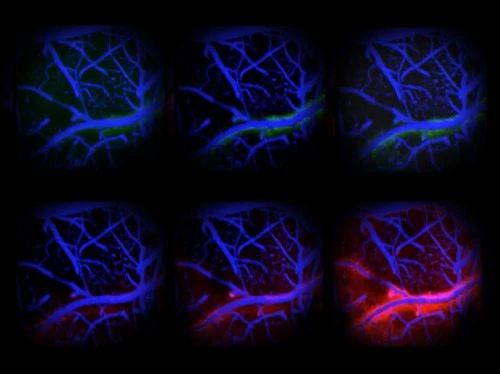
The hard truth is that despite every good intention, most of us fail to make good on the promises we make to ourselves at the turning of the year. Some statistics suggest that, over the long term, fewer than 10% of resolution-makers are successful. There are probably as many reasons for that as there are resolution-makers themselves.
But some reasons have to do with the way that we’re wired. As neuroscientist Dr. Daniel Glaser recently wrote in a short piece for the Guardian,
Humans are programmed to find new things exciting and compelling – this has been shown even in very young babies. Scientists held up a red card in front of a baby’s eyes and measured how long the baby looked at it. They then held up two more red cards. The baby looked at each card for less and less time – the cards became less interesting, just as going to the gym quickly becomes tedious. Then the scientists held up a green card instead and the baby looked at it for longer. This proves that the baby isn’t colour blind and also shows how novelty captures our attention. This instinct may keep us sharply aware of possible dangers, but it isn’t so helpful when we’re trying to focus on something over time.
So is our brain is the enemy? Hardly. We just need to know how to “hack” it – use what we’ve got to improve as we want.
Neuroscience suggests some techniques.
Brain Hacks for Following Through on Resolutions

Two research findings about habits provide a clue [about how to change habits]. Firstly, researchers working on the striatum and infralimbic cortex have found that old habits never really ‘die’, instead they get masked by new ones. Secondly, habits are stored as ‘chunks’ that are triggered by a particular cue or situation.
Thus, the “If-Then planning” hack,
which works by pairing the trigger of the unwanted behaviour with a new desirable behaviour. This involves close mindful examination of what triggers your unwanted habit.
For example, perhaps you chew your nails whenever you watch TV. To break the habit you would decide, ‘If I’m watching TV, then I’ll pick up knitting needles and knit a scarf for winter’. This type of ‘If-Then’ planning is much more effective than simply stating ‘My New Year’s resolution is to stop chewing my nails’
Research suggests other techniques, as well: visualizing the process of acquiring the desired outcome (not just the outcome itself); defining your goals very specifically, and being realistic.
Among other things, that means knowing that it can take some people the better part of a year to turn a new habit into automatic behavior.
It also means being gentler with ourselves – and certainly not giving up – if we should fail or otherwise fall short of our expectations of ourselves. We don’t give up on our students, patients/clients or children when they fall short – as anyone learning anything new invariably does.
Why should we treat ourselves with less kindness or understanding?
Creating Positivity

But positive attitudes like gratitude can give an even more powerful payoff, releasing feel-good neurotransmitters such as dopamine and serotonin.
That boost of the positive can get us back on the right track, recommitted to our goals.
On a similar note, simply labeling negative feelings can help release them. Negative emotions activate the brain’s limbic system. Naming activates the prefrontal cortex, which counteracts all the limbic activity.
Keep Moving Forward
Some people need or prefer some outside pressure to help keep them motivated. There are plenty of apps available that can help you track and sustain progress toward your goals. A recent article in the New York Times looked at some of these, and it’s worth checking out if you like a little tech to help move you along the path to success.
The main thing is to keep moving forward, whatever the tools you use, whatever approach gets you to where you want to be – in 2016 and beyond.
For more helpful tips on following through with your resolutions, see these essentials suggested by Dr. John Monterosso, a USC professor who specializes in the psychology and neuroscience of self-control and addiction.
Images by BazaarBizarreSF
_DJ_, & MartaZ*, via Flickr




